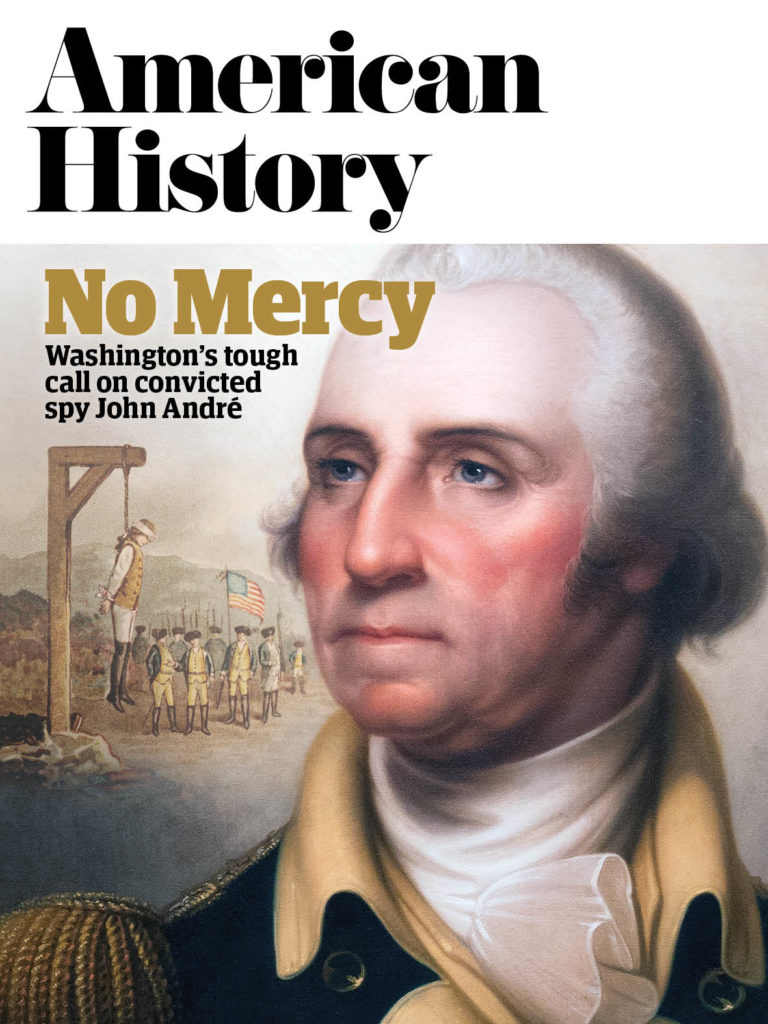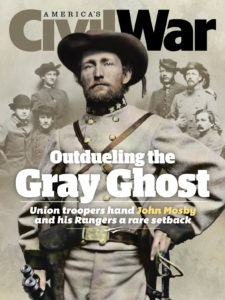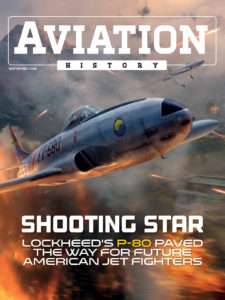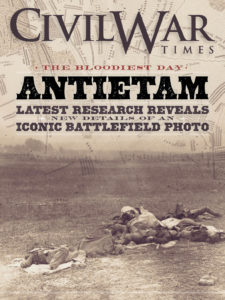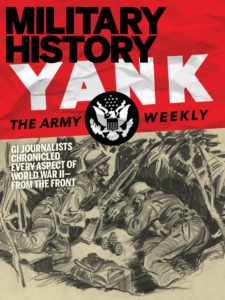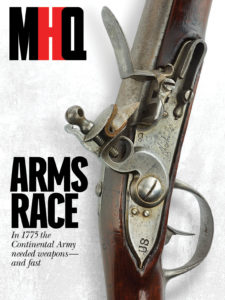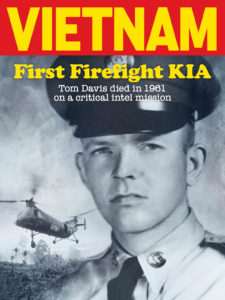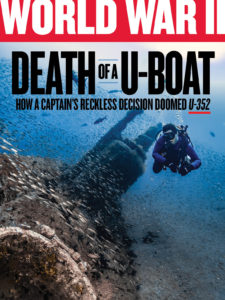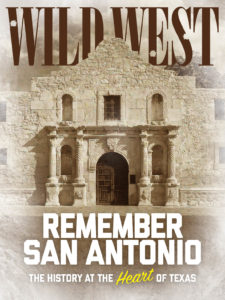James Butler Hickok, far better known as Wild Bill Hickok (1837-1876), personifies our image of the frontier gunfighter. When Wild West aficionados mention gunfighters, Wild Bill’s name comes to mind first or else second behind Wyatt Earp of O.K. Corral gunfight fame.
“Aside from the Rebels he allegedly killed during the Civil War, Hickok is known to have fatally shot six men, two in self-defense and the others as a lawman,” wrote his late biographer Joseph G. Rosa in “Hickok’s Last Gunfight” (December 2008 Wild West).
Many photographs were taken of the legendary figure in part because he looked the part of a fearless man of action: 6-foot-1, broad shouldered, narrow waisted, shoulder-length auburn hair, piercing blue-gray eyes, commanding, graceful, famous in his own time.
This photograph, perhaps the most famous Hickok portrait, is credited to Wilbur Blakeslee of Mendota, Illinois, and may have been taken there in March 1869, although many other dates have been suggested. Hickok wears a pair of the guns he is most often associated with — .36-caliber, ivory-handled 1851 Colt Navy revolvers. The butts are forward to make possible a “Plains” or “Twist” draw. As an added weapon, he carries a Bowie-type butcher knife in his belt.
Some writers have suggested he was posing here in his stage costume in 1873 or 1874 when he was with Buffalo Bill’s Combination. But Hickok biographer Joseph Rosa noted that Hickok has his hair parted in the middle, something he had stopped doing by 1870.
historynet magazines
Our 9 best-selling history titles feature in-depth storytelling and iconic imagery to engage and inform on the people, the wars, and the events that shaped America and the world.
